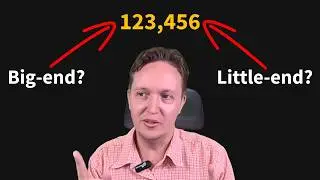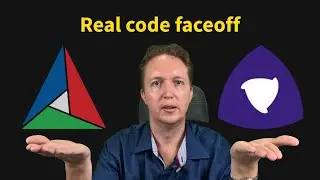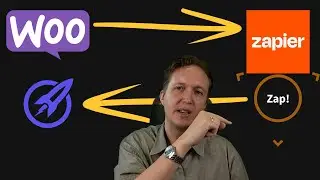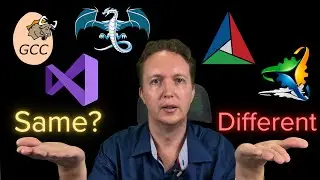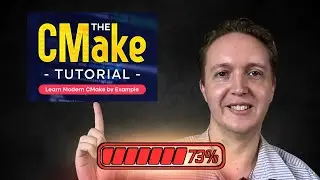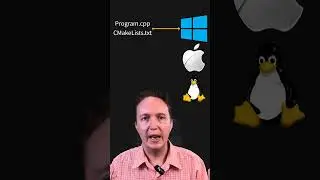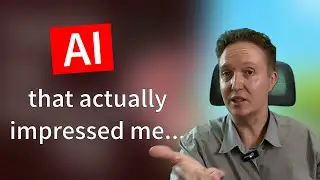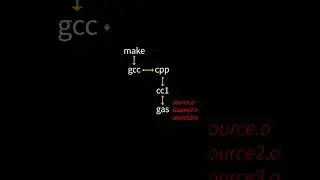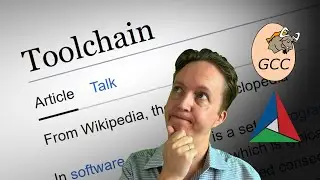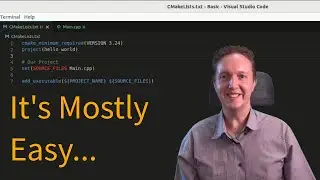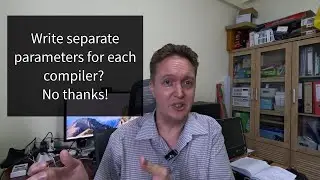Endianness in Computing: What It Is, Why It Matters, and How to Handle It in C/C++
Get this video's example/template source code (and much more) by joining the Kea Campus (Creator tier or higher): http://keasigmadelta.com/kea-campus/
Are you confused by endianness in computing? Wondering what terms like "little-endian" and "big-endian" actually mean? In this video, I’ll break down everything you need to know about endianness—from the basics through to converting between big and little endian in C/C++.
Here’s what you’ll learn:
✅ What endianness is and why it exists.
✅ Why most programmers don’t need to worry about it.
✅ Four different methods to convert between big-endian and little-endian in C/C++—from easiest to fastest.
✅ A common gotcha that can trip you up and how to avoid it.
✅ Best practices for writing portable, endianness-safe code.
Sections:
00:00 - Introduction
00:54 - What is endianness?
02:10 - Why does different endianness exist?
03:08 - Endianness in CPUs (how numbers are stored in memory)
05:33 - Where the name "endianness" comes from
05:54 - It could be worse...
06:13 - Why most programmers don't need to worry about endianness (most of the time)
06:39 - When endianness matters
08:28 - Why endianness is becoming less important
09:16 - How to convert between big and little endian
12:03 - The common pitfall that trips programmers up (+ solution)
14:06 - More endianness conversion methods
16:31 - Best practise
19:26 - Getting the example/template code








